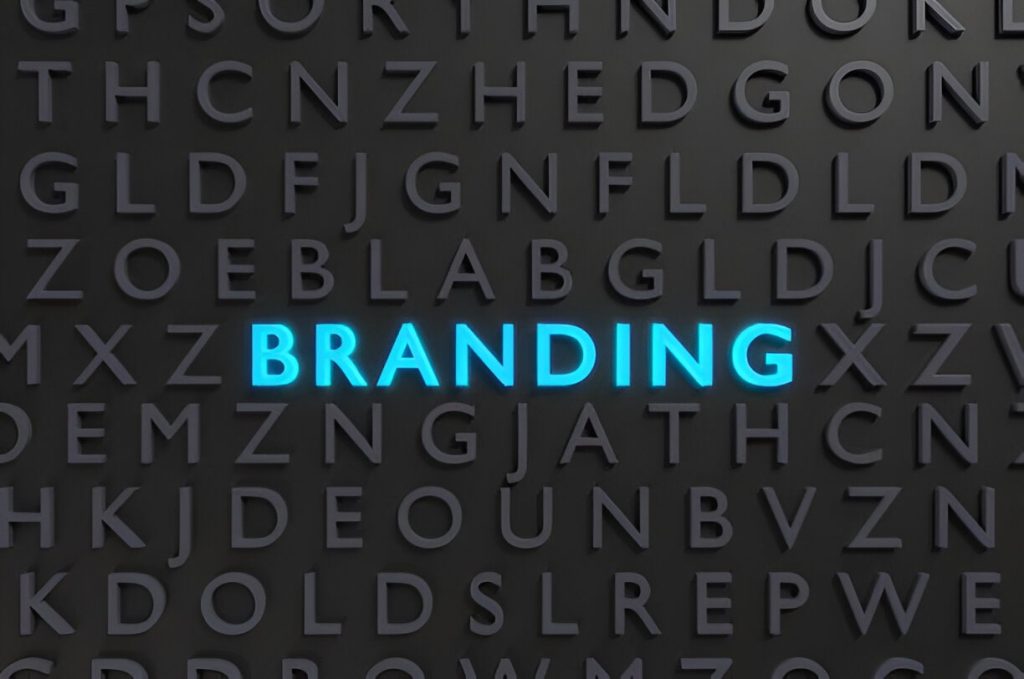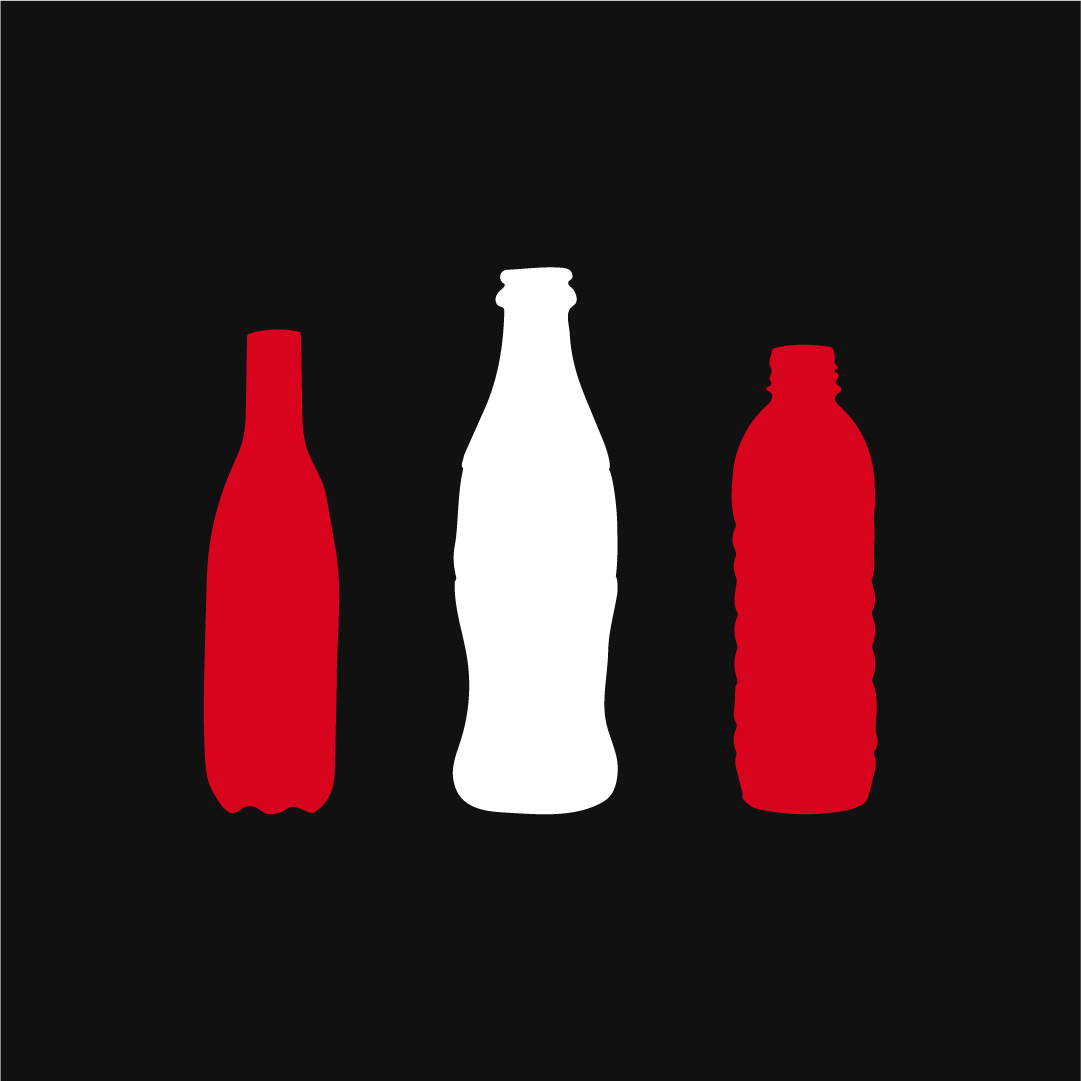Let’s get to know each other
Accelerate your business potential with our dedicated team.
MARCH 07, 2025 5 MINUTES
Branding
Content
In the fast-paced world of marketing, product branding is like a vibrant billboard on a busy highway; it calls for attention. Product Branding is the element that attracts attention and sparks curiosity— it is what leaves a lasting impression among potential consumers, but all for a product.
Think of product branding as the magic wand that helps a product or service differentiate itself, form connections with its audience, and craft a memorable identity. A well-executed brand isn’t just a name and a logo; it’s a promise, a personality, and a pathway to trust.
Key Takeaways- Product branding is the art and science of giving a product its own charming identity that makes it shine amidst the competition.
- Corporate branding paints a holistic picture of a company, like Unilever, reigning over brands like Dove, Lipton, and Axe.
- Product branding focuses on the individual prodigies in that family.
- Product branding helps creating emotional bonds, standing out, building trust, driving sales, instant recognition and gives competitive edge.
- Product branding is the creation of stories, stirring emotions and building connections that transcend transactions.
What is Product Branding?

Product branding is the art and science of giving a product its own charming identity that makes it shine amidst the competition.
The process is like creating a superstar—every element counts, from eye-catching names to delightful designs, impressive logos, and messaging that resonates like your favourite song. This helps the product carve out a unique spot in the hearts and minds of consumers amid a busy market.
Product Branding Examples
- McDonald’s: That iconic golden ‘M’ is more than just a letter; it stands for familiarity. Recognised around the globe, symbolising happy meals and childhood nostalgia, McDonald’s is a great example of product branding.
- Procter & Gamble (P&G): Pampers, Gillette, and Olay—all with their own flair and belong to the same company. P&G is like the proud parent of a star-studded family.
What is Corporate Branding?

It’s important to know the difference between corporate branding and product branding. Corporate branding paints a holistic picture of a company, like Unilever, reigning over brands like Dove, Lipton, and Axe. Product branding focuses on the individual prodigies in that family. On the other hand, companies like Google and Microsoft showcase corporate branding powerhouses, all while offering diverse and distinctive products.
LEARN MORE: BRANDING STRATEGIES FOR STARTUP
Importance of Product Branding
- Standing Out: In a world of identical products, branding is your unicorn horn. It makes your offering noticeably different through design, messaging, or values.
- Emotional Bonds: A strong brand can tug at heartstrings, creating loyalty like no other. Think about Nike or Adidas—people don’t just buy shoes; they buy the feelings and aspirations tied to them.
- Instant Recognition: When your brand is unique, it’s memorable. Consumers will think of you first when the time comes to pick a product, leading to trust and loyalty.
- Builds Trust: Shoppers are much more inclined to buy from brands they recognise and trust, just like cosying up with an old friend.
- Drive Sales: Branded products often get more love (and dollars) than unbranded options. They’re like the life of the party, drawing in crowds!
- Competitive Edge: A strong brand gives you a competitive edge as you secure your rightful place in the market.
Multi-Product Branding

For companies with an array of offerings, multi-product branding is the ultimate strategy to unite diverse products under a single, vibrant brand umbrella. Just think of Nestlé—a diverse buffet of over 2000 brands, or Frito Lay with its rainbow of chips like Lays, Cheetos, and Doritos, satisfying every crisp craving.

Benefits of Multi-Product Branding
Let’s understand the benefits of multi-product branding:
- Trust and Easy Recognition: New products under a beloved brand get an easy pass as the customers trust the brand already.
- Cost-Cutting: Pooling marketing resources helps lower costs across the board without sacrificing quality.
- Brand Loyalty: When customers love one product, they’re likely to explore your other treasures.
- Smooth Market Moves: Existing brand reputation opens doors when entering new areas or categories.
- Diversified Revenue Streams: Multiple products mean multiple ways to generate income—reducing reliance on a single product.

How to Create a Product Branding Strategy?
Building a product branding strategy is part art, part science, and a sprinkle of magic! Here’s how to create a show-stopping strategy:
- Define Your Product’s Personality: What makes your product a superstar? Identify its unique value and your target audience.
- Design: Create logos and visuals that align with your brand’s essence. Your superstar needs to look a certain way.
- Story: Your messaging should resonate with your audience. Create a memorable and emotional narrative for your star; give them a background.
- Packaging: Packaging isn’t just a pretty face—it’s the first impression. Ensure the designs reflect the brand’s values to lure customers in.
- Consistency: Make sure every branding element sings in harmony, from your website to social media and everything else. Consistency helps form a solid image in the minds of the audience.
Product branding is the heartbeat of a product’s identity. It is a creation of stories, stirring emotions and building connections that transcend transactions. Only when all these elements come together can successful product branding come to the forefront.
Whether you’re rolling out a new product or breathing life back into an old favourite, a strong branding strategy can help you shine and stand out in the overcrowded market.
Frequently Asked Questions
-
What is a branded product example?
A branded product example is the Apple iPhone, which has a distinct identity characterised by sleek design, innovative features, and consistent messaging.
- What are the four steps of product branding?
- How do people brand their products?
Let’s get to know each other
Accelerate your business potential with our dedicated team.



